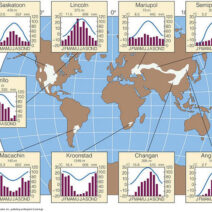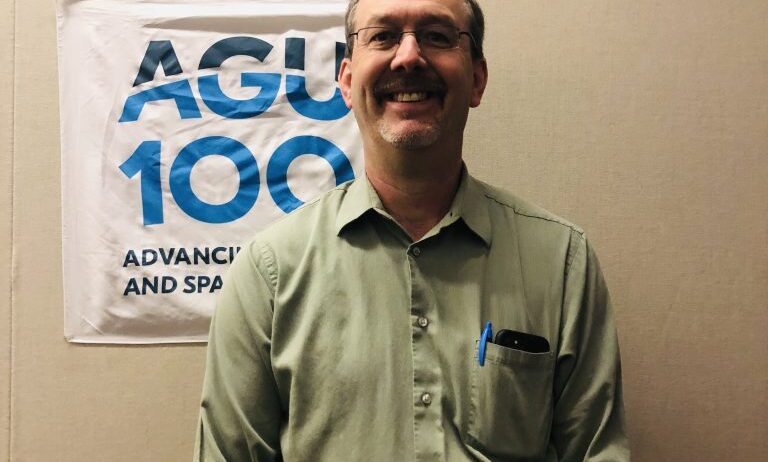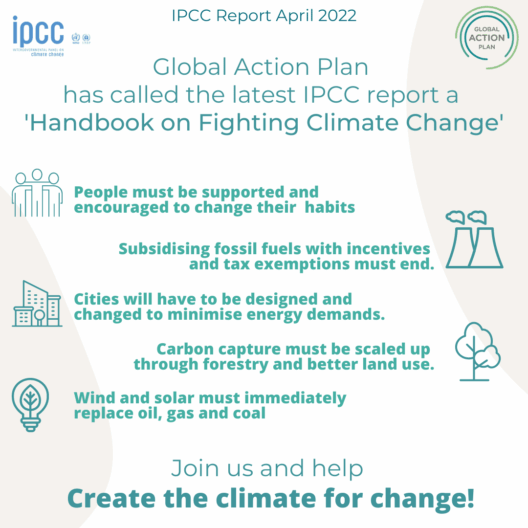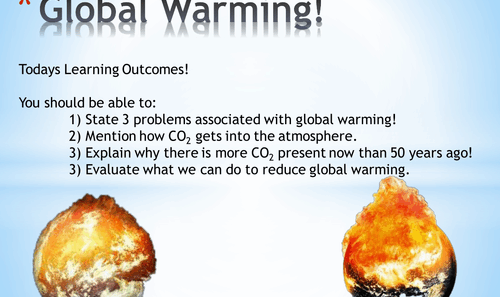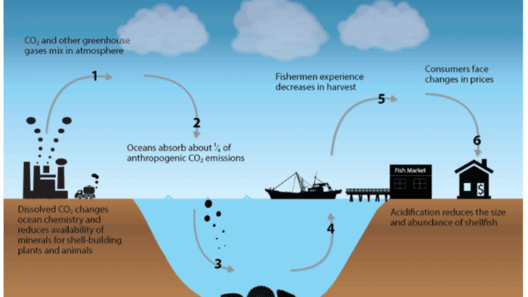Climate change, a term often perceived as an abstract global dilemma, is profoundly manifesting in the local landscapes of the United States. This phenomenon is not merely a distant threat; it intricately weaves itself into the very fabric of communities. Understanding the local implications of this global issue necessitates an examination of varied and interrelated components, including weather patterns, biodiversity, economic ramifications, and social justice.
The cardinal assertion is that the United States is undergoing a transformation—one that reverberates through its ecosystems and communities. Observations often lead to the unwitting dismissal of these changes as transient or isolated events. However, beneath the surface lies a more complex narrative of climate disruption. This narrative is rich with implications that invite scrutiny and demand action.
One of the most palpable manifestations of climate change is the alteration of weather patterns. Across the U.S., residents have noted an increase in severe weather events. Hurricanes, droughts, floods, and wildfires are occurring with alarming frequency and intensity, reshaping not just environmental but also economic landscapes. The intensity of storms has escalated, leading to unprecedented damage and costs. For instance, hurricanes like Harvey and Katrina have left indelible marks on local economies, forcing communities to grapple with both the immediate destruction and the protracted recovery processes.
These changes in weather patterns do not only affect the immediate environment; they disrupt agriculture, a cornerstone of the American economy. Farmers are increasingly finding themselves at the mercy of nature’s whims. Crop yields are fluctuating dramatically as traditional growing seasons become unpredictable. The once-reliable patterns of planting and harvesting are no longer dependable, with regions facing either drought or deluge. Such instability poses a dual threat: food insecurity rises as supply chains falter, and local economies suffer as agricultural businesses grapple with losses.
Moreover, the transition of habitats and biodiversity cannot be overlooked. Species once found in specific ecosystems are now migrating to new areas, driven by the need to adapt to changing climates. The intricate balance of ecosystems is disrupted, threatening wildlife and plant populations alike. The decline of certain species, such as amphibians and pollinators, ripples through ecosystems, impairing local food chains and diminishing biodiversity. Each species plays a critical role in maintaining ecological equilibrium, and their loss signifies a long-term, regional consequence that affects human livelihoods as well.
In addition, the local impacts of climate change intersect significantly with social and economic factors, particularly the issue of environmental justice. Marginalized communities often bear the brunt of climate-related disasters, facing adversities that wealthier populations are better insulated against. For example, low-income neighborhoods often sit in floodplains or areas prone to extreme heat, making them less resilient to climate impacts. The cyclical nature of poverty and environmental degradation creates a scenario where vulnerable populations struggle to recover from disasters, exacerbating existing inequalities.
As climate change reconfigures the landscape, the representation of local voices becomes increasingly critical. Local communities must be engaged in dialogues surrounding climate adaptation and mitigation strategies. Community-led initiatives often yield innovative solutions that reflect regional contexts more effectively than top-down approaches. Empowering individuals to contribute to decision-making processes not only cultivates resilience but also fosters a sense of ownership over local futures.
Economic diversification emerges as another essential strategy in counteracting the localized impacts of this global issue. Transitioning from traditional industries reliant on fossil fuels to sustainable practices not only reduces emissions but creates economic opportunities in emerging sectors such as renewable energy. As states and localities invest in green technology and infrastructure, new job markets arise, helping communities pivot from vulnerability to sustainability. This shift not only addresses climate imperatives but stimulates economic growth and innovation.
The narrative of climate change is thus inseparable from the stories of those who inhabit local spaces. The memories of coastal communities facing erosion, Midwestern farmers contending with unpredictable seasons, and urban dwellers managing heat waves culminate in a tapestry rich with urgency for action. This is not just about future generations; it profoundly affects those living in these landscapes today. Engaging with the complexities of these local stories enriches the understanding of climate change as a multifaceted issue.
Public policy plays a pivotal role in shaping the response to these pressing challenges. Legislative frameworks that prioritize resilience, sustainability, and equitable distribution of resources are imperative. Policies that integrate scientific research with community insights are more likely to produce effective outcomes. The interplay between local knowledge and scientific expertise paves the way for robust climate action strategies tailored to specific regional needs.
In conclusion, the changing landscape of the United States represents a microcosm of global climate change nuances. Through astute observation, one can discern the myriad local impacts arising from this phenomenon. As communities navigate the complexities of environmental shifts, they also forge pathways toward resilience and sustainability. The necessity for collective action, informed policy, and community engagement remains paramount. This is a clarion call for immediate responsiveness to safeguard not only the environment but also the interconnected fates of humanity and nature.


